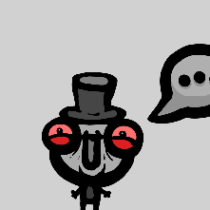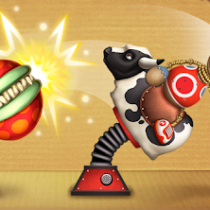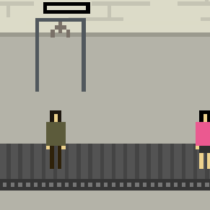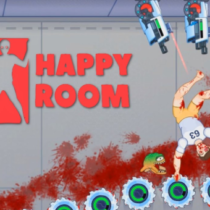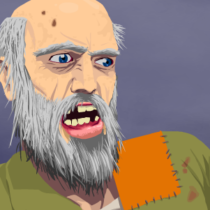Manivore
Advertisement
Advertisement
Game information

Manivore is a psychological horror experience centered around the unraveling of a mind shaped by violence and obsession. The game introduces players to an unnamed investigator drawn into a case that appears routine on the surface but soon collapses into something far more complex. The killer’s actions are not spontaneous or random—they are precise, deliberate, and disturbingly calculated. The more you observe, the more it feels like you’re not discovering the truth, but being guided toward it.
The Role Of Observation
Every environment in Manivore functions as both setting and message. The game equips the player with a camera that plays a key role in progressing through the investigation. Some clues only appear when viewed through the lens—symbols on walls, messages in reflections, or even glimpses of figures not visible to the eye. This mechanic turns the camera into a lens for seeing both physical and psychological realities, blurring the line between evidence and hallucination.
Interactive Spaces And Puzzle Layers
The gameplay structure encourages deliberate pacing. Rushing through a level leads to missed details. Players must interact with objects, analyze clues left in fragmented forms, and listen carefully to changes in ambient noise. The game avoids traditional horror tropes by focusing on environmental storytelling and slow-building dread rather than sudden confrontations.
The core gameplay includes:
- Crime scenes that shift subtly over time
- Clues that only reveal themselves under specific conditions
- Puzzles built into everyday objects and scenery
- A camera system revealing hidden elements
- Branching narrative paths based on interpretation
Psychological Pressure And Design
Manivore draws its tension from the feeling of being manipulated. As the case progresses, the investigator begins to suspect that they are tracking the killer—and being studied in return. The killer leaves behind more than traces of violence. He leaves questions. Why are certain rooms arranged like memories? Why are you seeing yourself in places you’ve never been? The game builds this pressure without resolution, using lighting, sound, and pacing to challenge the player’s sense of control.
The narrative of Manivore is shaped by themes of obsession, perception, and moral erosion. What begins as a procedural investigation transforms into something deeply personal. The killer’s “art” is not meant to be hidden—it’s meant to be understood. The game doesn’t offer comfort or clarity. Instead, it confronts players with the idea that they may be part of the killer’s design, not as enemies, but as the final audience to his work.
Related games
Comments

























